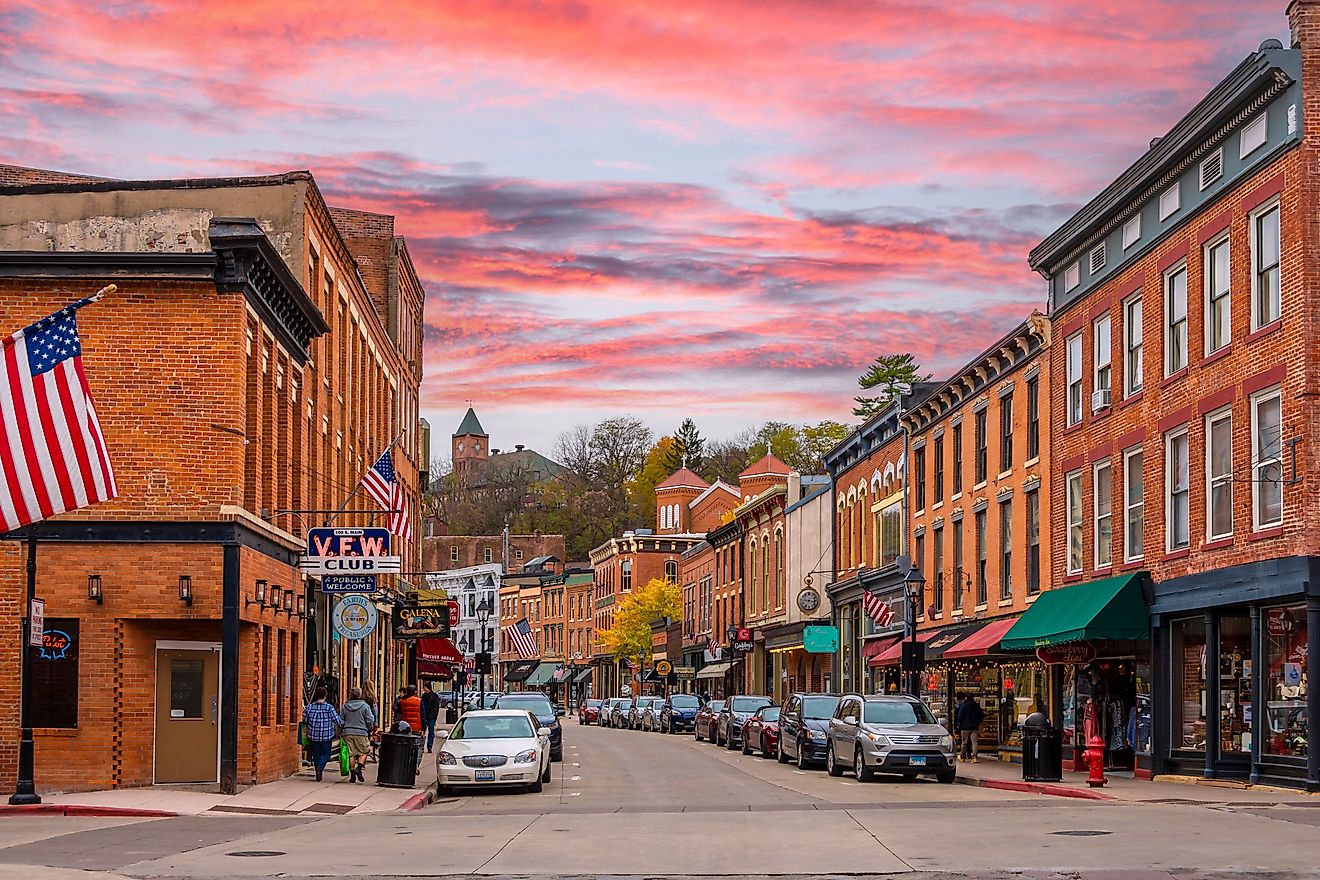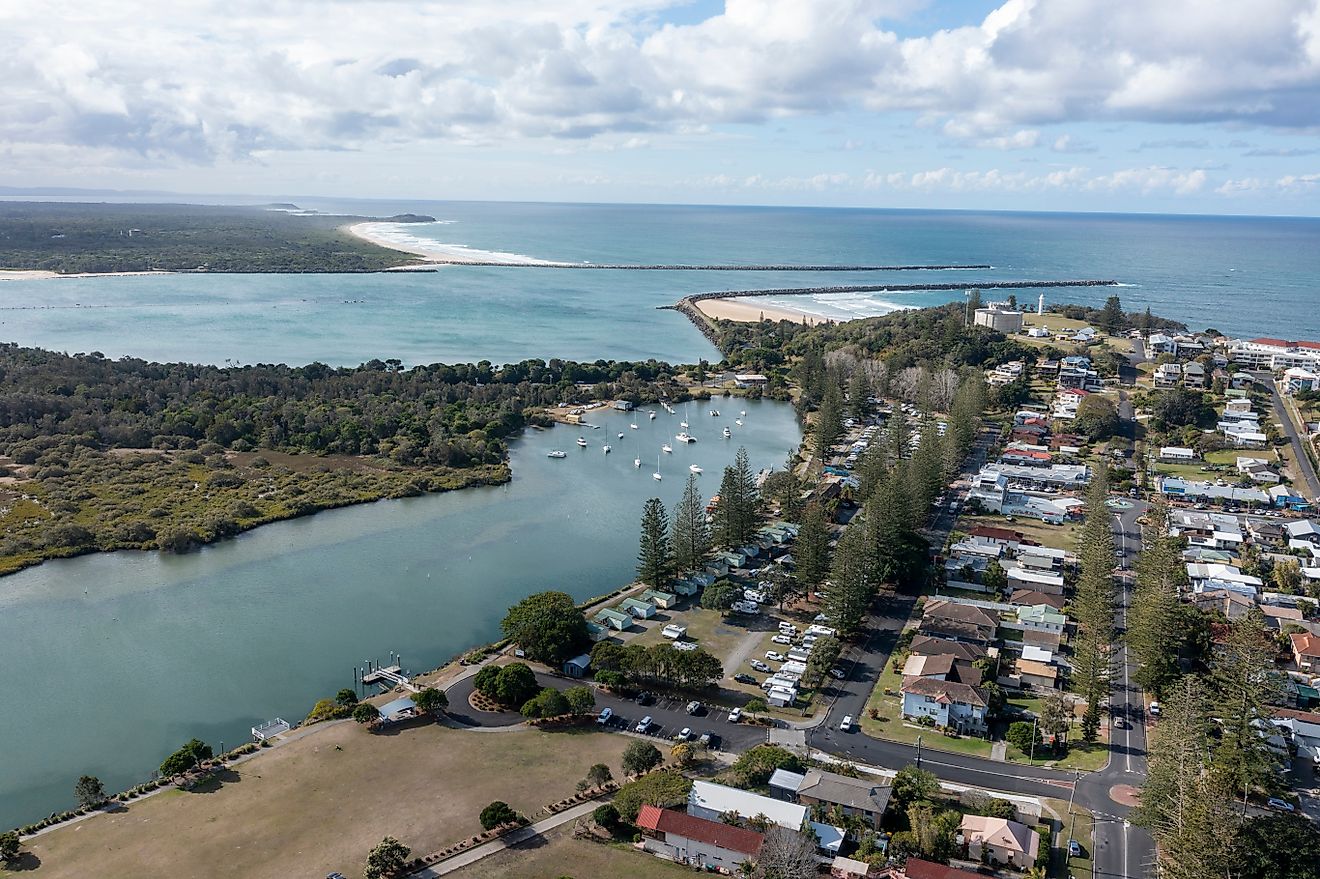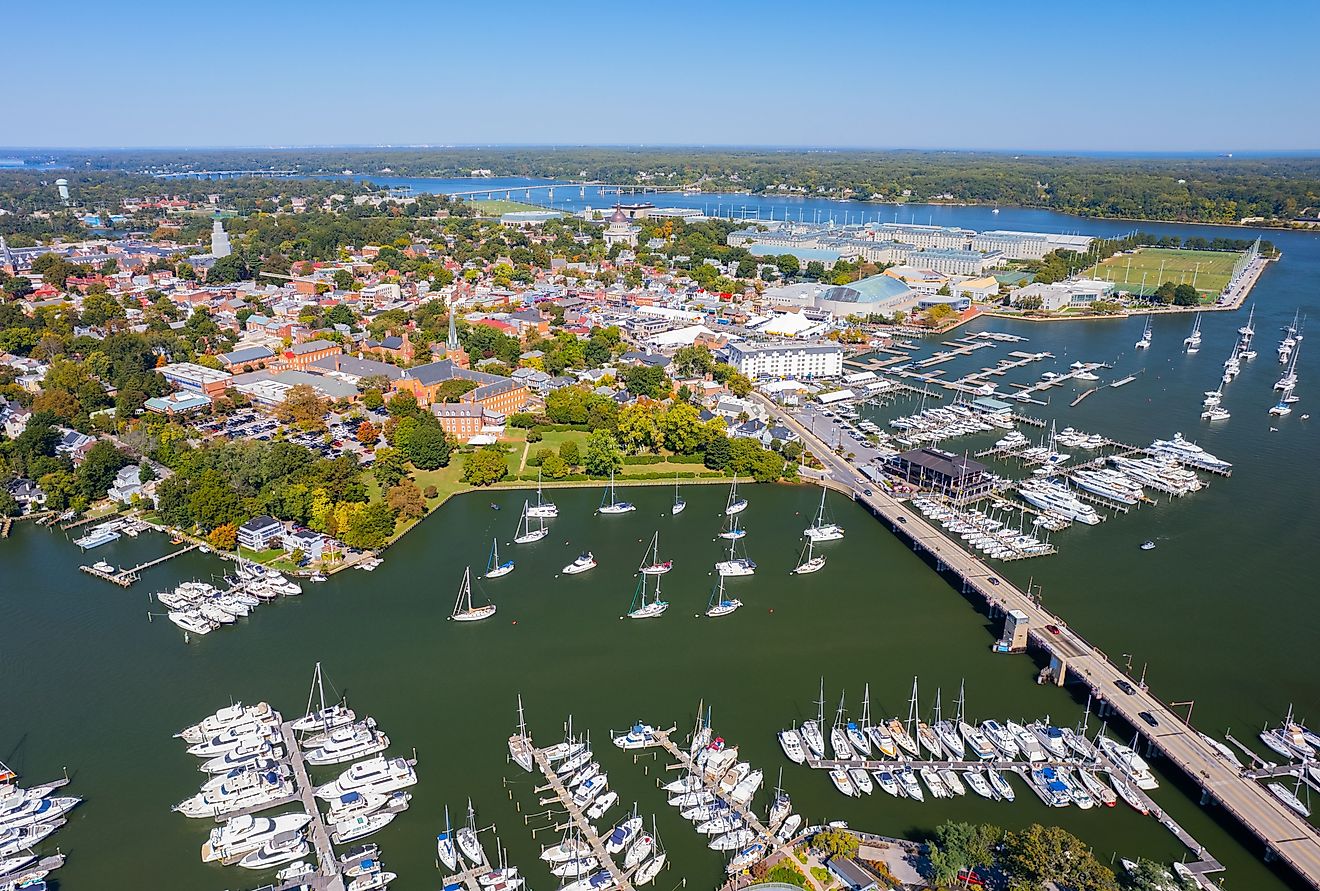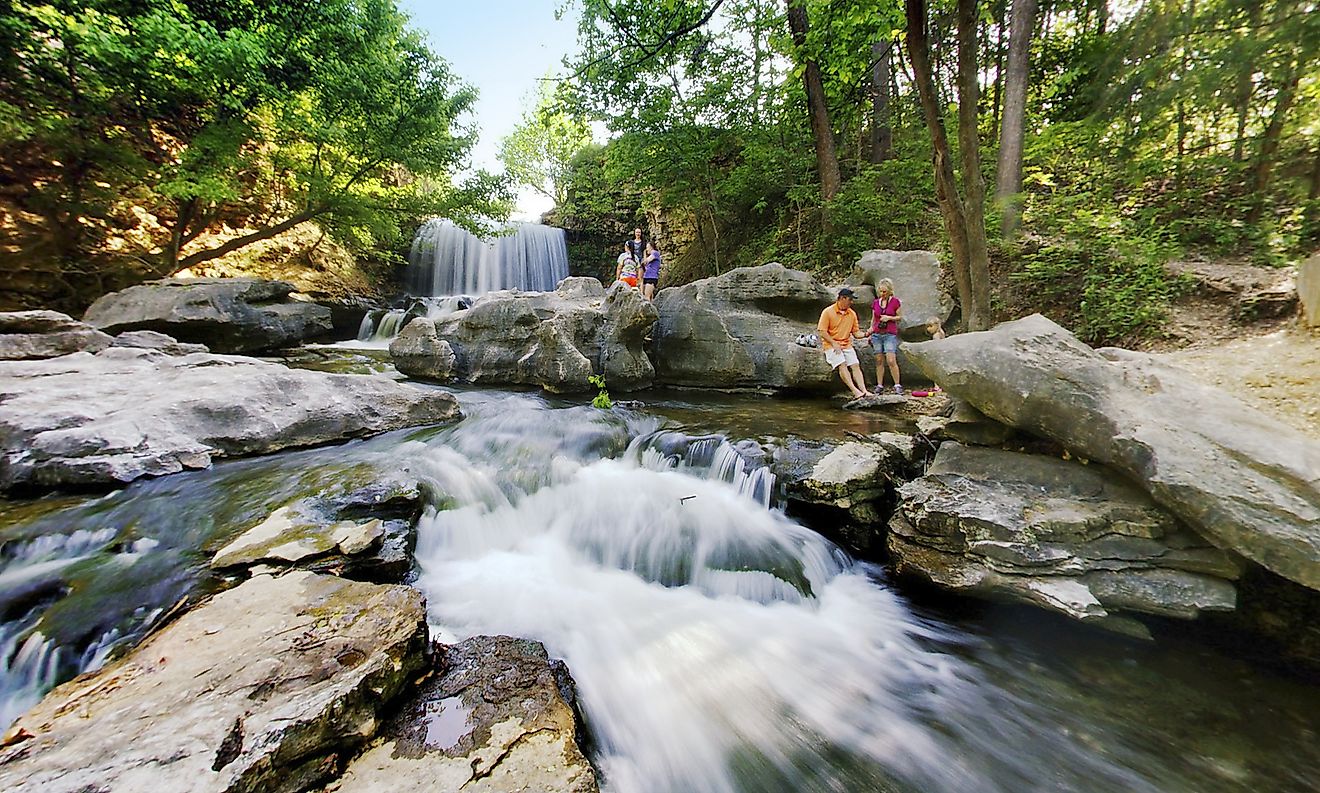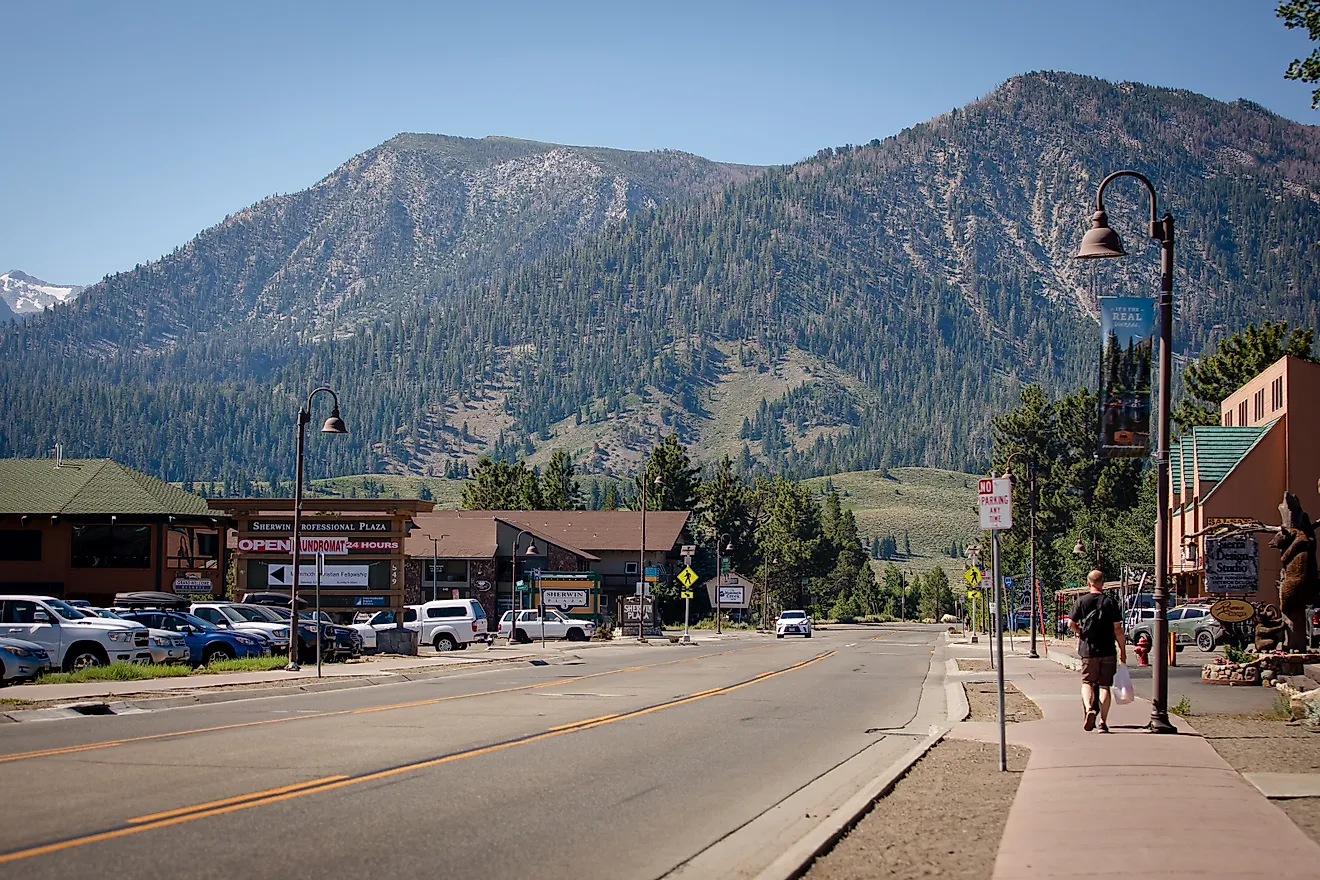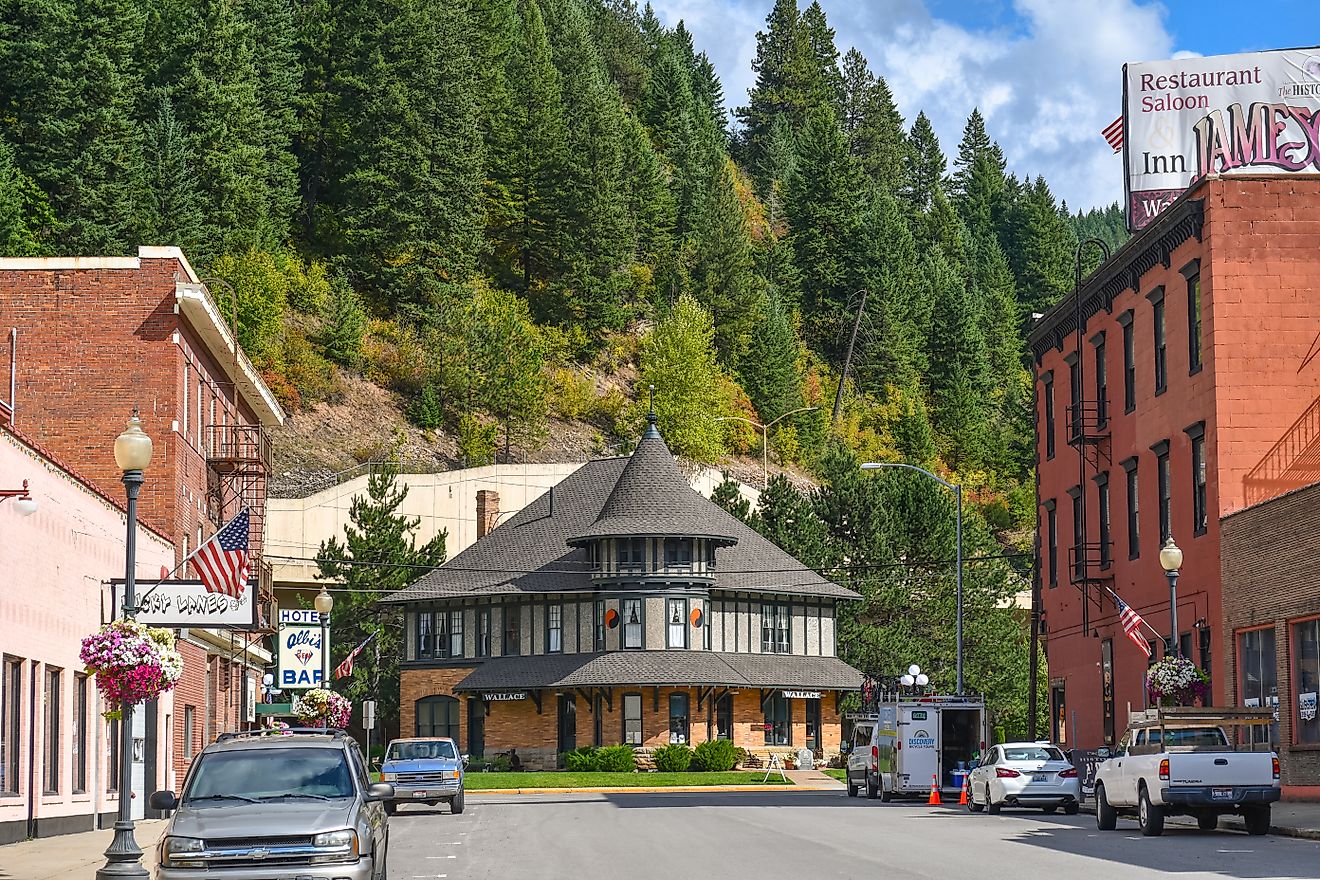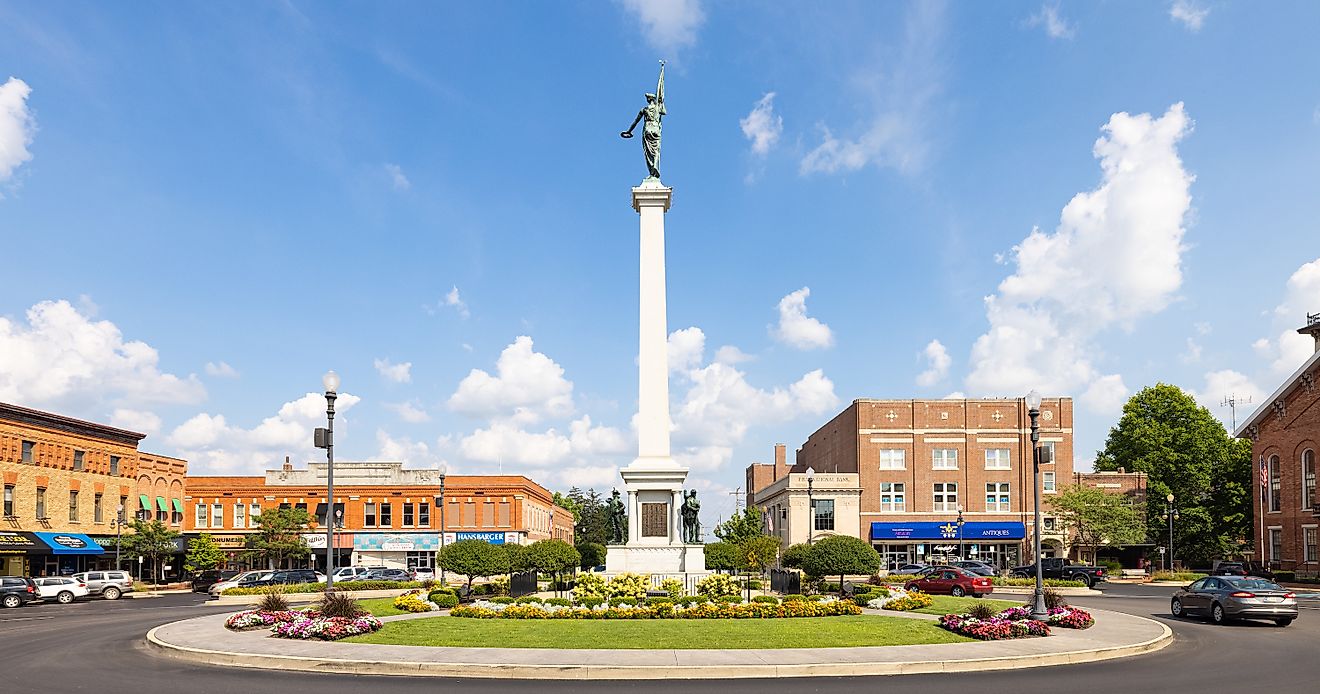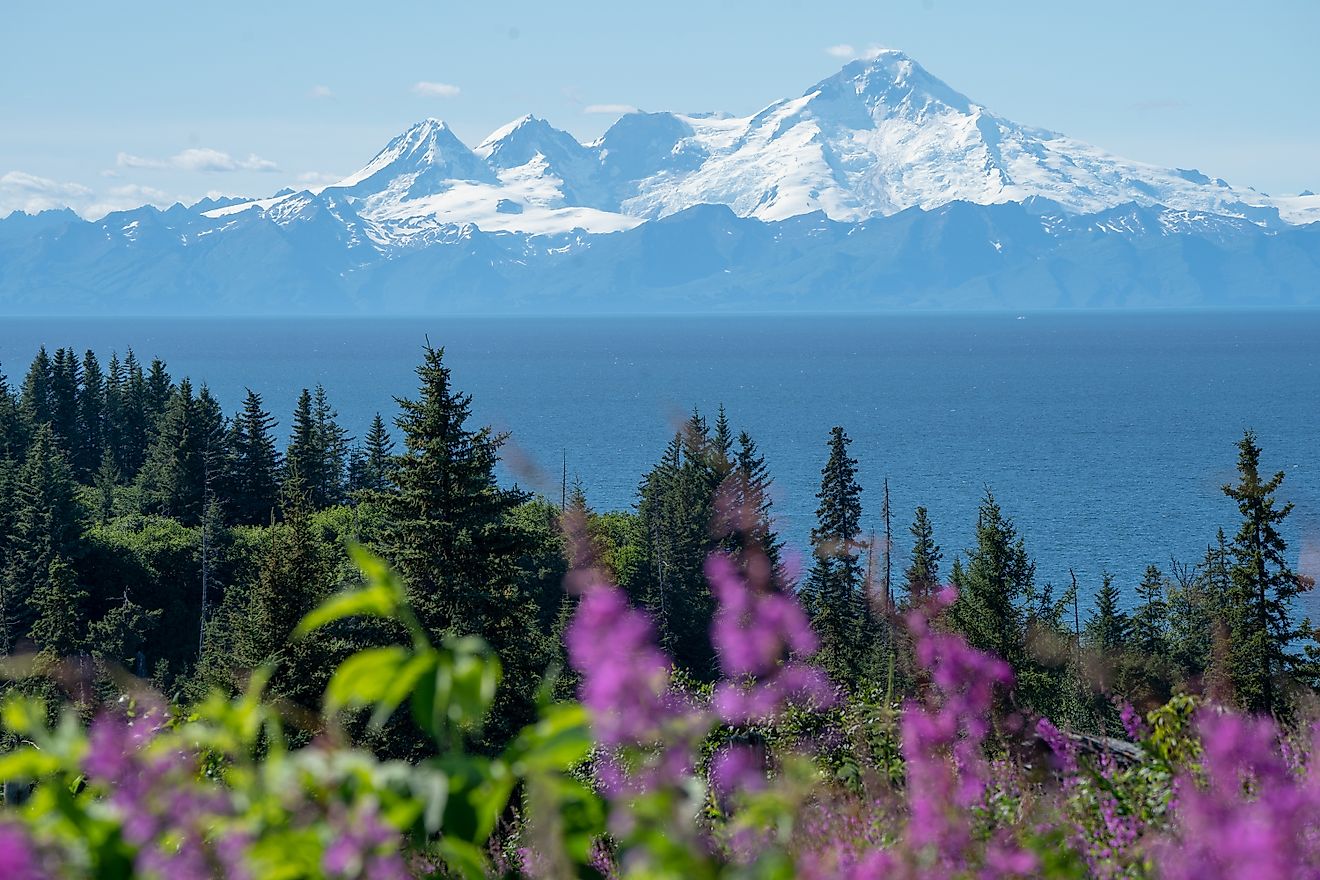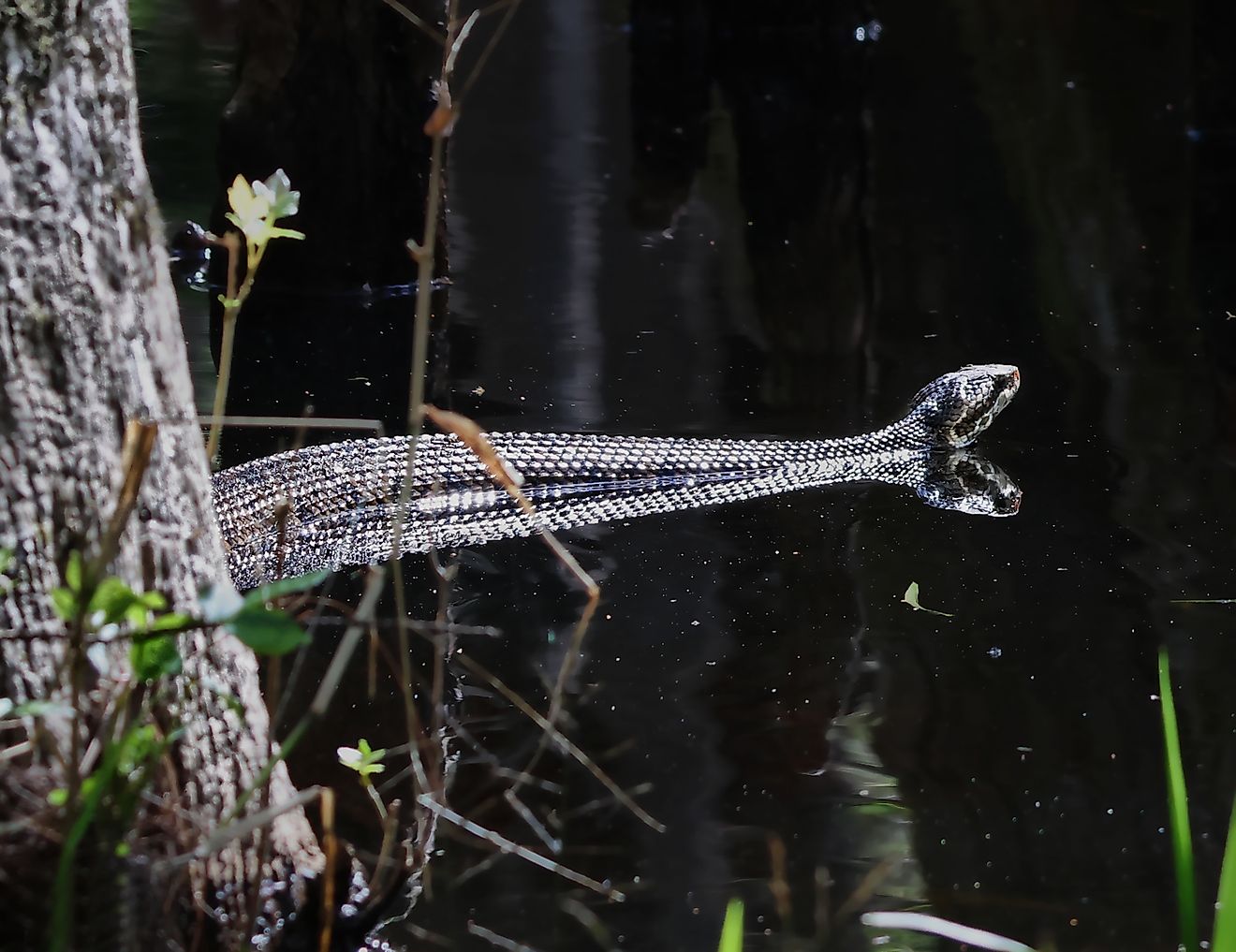
Bryce Canyon National Park’s Hoodoo Amphitheater Glows Under Winter’s Pink Dawn
Year-round, Bryce Canyon National Park’s hoodoo amphitheater is on display for all visitors to see. The iconic spindly red rocks of Bryce Canyon National Park draw many visitors, and for good reason. The unique beauty of this Utah National Park is unmatched even in the winter months. Here’s everything you need to know about Bryce Canyon National Park, no matter the season.
A Brief History
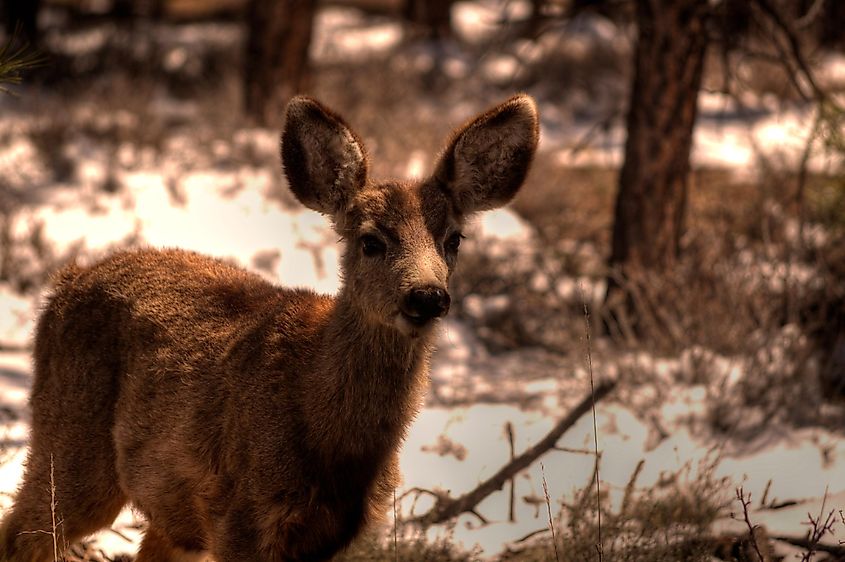
Bryce Canyon National Park, in Southwest Utah, is home to some of the most unusual rock formations in the world and has a storied history. Although conditions in this region can be harsh, various plants and animals have adapted to the high altitudes of Bryce Canyon, including mule deer, prairie dogs, juniper trees, and a variety of wildflowers. This made Bryce Canyon a good spot for seasonal hunting and gathering. As far back as 1200 A.D., indigenous people, such as the Paiute, did just that. The area was first explored by European settlers in the mid-1800s and Mormon pioneers, including Ebenezer Bryce, for whom the canyon is named. These pioneers formed homesteads in the land that is now Bryce Canyon National Park.
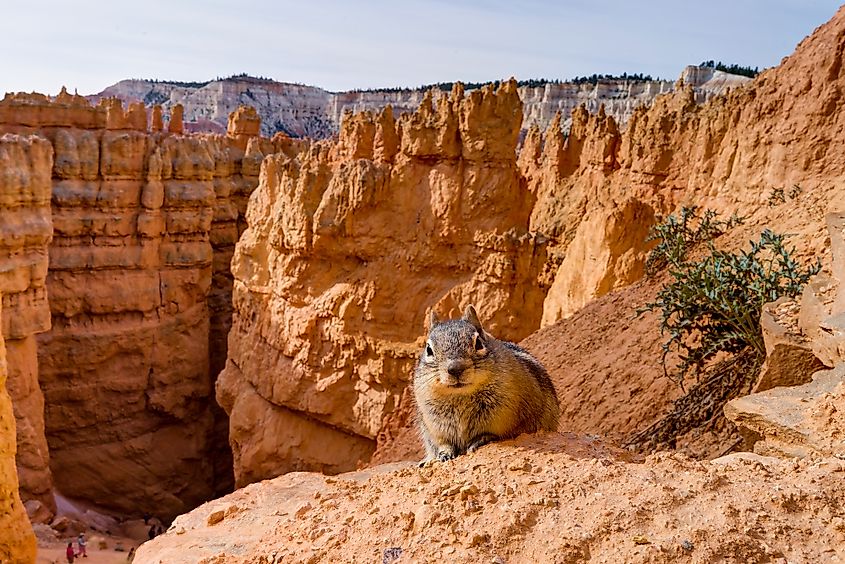
In 1923, the area was designated Bryce Canyon National Monument, but its significance and status continued to grow. Thanks to the efforts of local advocates and conservationists, Bryce Canyon gained National Park status on Feb. 25, 1928, by President Calvin Coolidge. During the Great Depression, in the 1930s, the Civilian Conservation Corps provided major developments to the park that continue to help generate tourism today, like campground and trail development as well as the building of parking lots. Measures were also put in place by the Civilian Conservation Corps to protect the park with things like erosion control and pest control. Currently, Bryce Canyon National Park receives upward of 2.7 million visitors throughout the year.
Getting to the Park
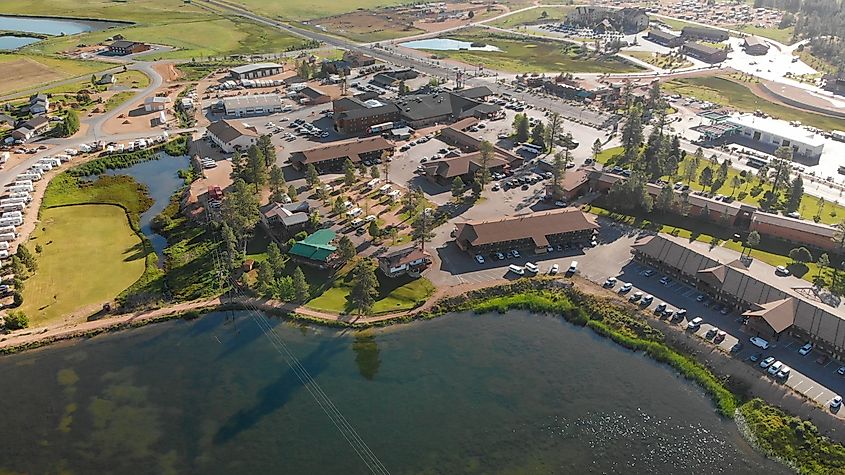
Open year-round, Bryce Canyon National Park is a popular tourist destination all months of the year, but the peak season is from April to September. During the warmer months of summer, tourists flood in from around the world. To help combat congestion in parking lots, there is a free shuttle that runs every 15 minutes from Bryce Canyon City and heads into the park, stopping at the visitor center, campgrounds, and other notable viewpoints. To ride the shuttle, visitors must still pay the park entrance fee or have a valid National Park pass. Though the shuttle does not run in the winter months, the park remains open, but it is advised to be aware of road conditions as Bryce Canyon National Park receives a significant amount of snowfall.
The Hoodoos
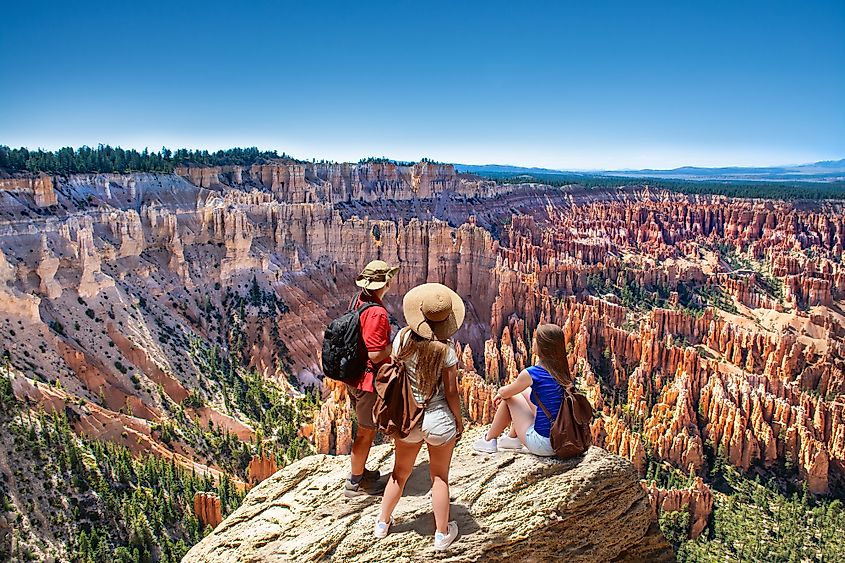
Once inside the park, visitors will immediately see the hoodoos, a very unique rock formation. From years of windy, rainy, icy conditions, rock faces eroded in unusual forms, creating the tall, slender hoodoos. This erosion shaped the formations present today and revealed the different types and colors of rock that make up Bryce Canyon National Park. Visitors to the park are treated to a mosaic of red, orange, and white that makes for a perfect photograph. Though hoodoos can be found in other parts of the country, Bryce Canyon National Park is special as it has the largest collection of hoodoos in the world. Thousands of these hoodoos cluster together in Bryce Canyon to form hoodoo amphitheaters. In the winter months, a layer of snow coats the hoodoos, and the amphitheater glows under Utah’s pink dawn sky.
Things to do
To best take in the unique Bryce Canyon National Park hoodoo amphitheater, there are four major viewpoints. Each is easily accessible by shuttle bus, but Bryce Point is recommended if you have limited time. Bryce Point is on the southern side of the amphitheater and provides a sweeping birds-eye view.
If you’re feeling adventurous, you can hike in the hoodoos with a variety of day hikes for all skill levels. Trailheads are easily accessible from the main parking area or various viewpoints where the shuttle bus stops. The most popular hike is Queens Garden and Navajo Loop, which takes 2-3 hours to complete. It's a moderate hike that descends into the hoodoo amphitheater with iconic switchbacks between the canyon walls.
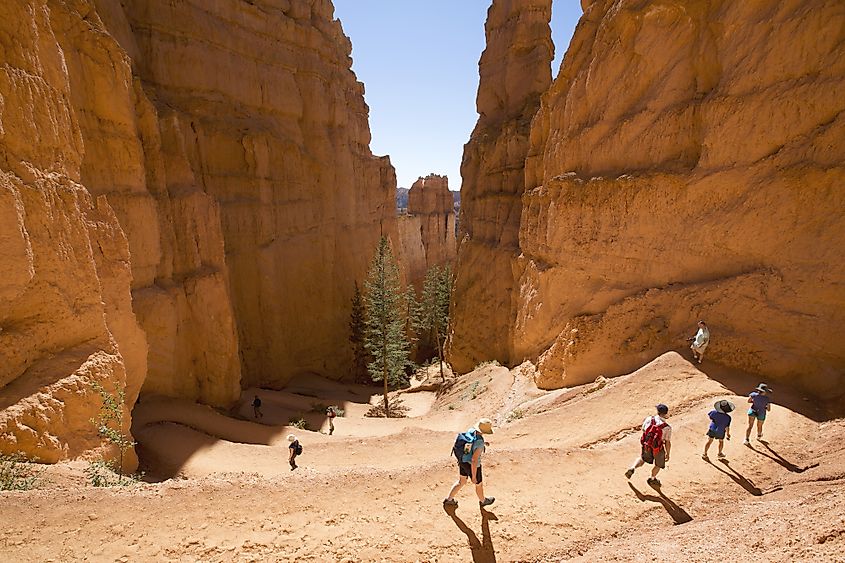
If you’re visiting in the winter months, there are a variety of activities to be done while taking in the snow on the red rocks of Bryce Canyon National Park. Cross-country ski trails run along the rim of the canyon right beside the main amphitheater. Visitors are not allowed to ski into the canyon, however, there are winter hikes that enter the hoodoos. Be aware that after a major snowfall, snowshoes or other traction devices are recommended. Snowshoes are allowed on all trails in the park, with rentals available at the nearby Ruby’s Inn Winter Adventure Center. Visitors can also sign up for ranger led snowshoe hikes of all levels with free rentals available.
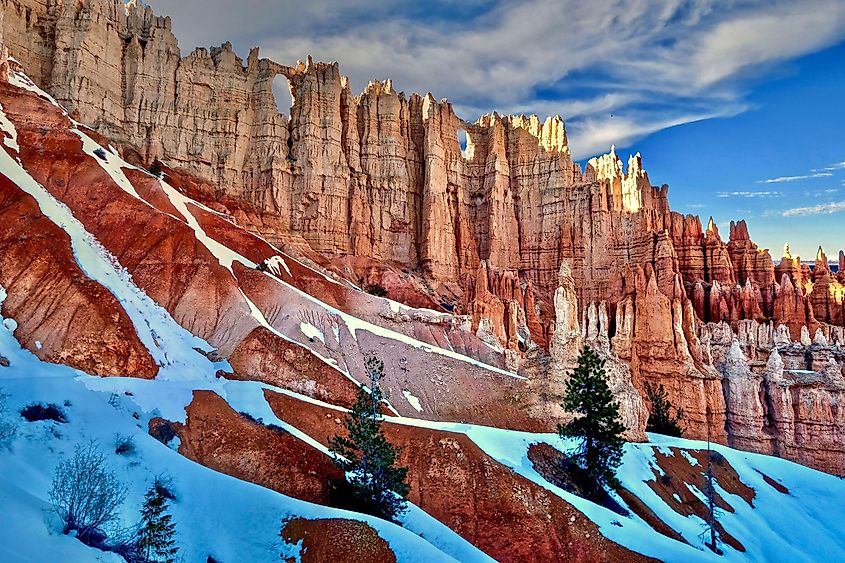
There are two campgrounds in Bryce Canyon National Park, the North Campground open year-round, and the Sunset Campground, which is only open in the summer months. For other places to stay, there are lots of options outside the park, in Bryce Canyon City, where the free shuttle bus runs through, like Bryce View Lodge.
In 2019, Bryce Canyon National Park earned International Dark Sky status, so no matter the time of year or where you’re staying, remember to look up and enjoy the Utah stars. You can even sign up for a ranger guided full moon hike that runs for all months of the year.

Rain or shine, sleet or snow, Bryce Canyon National Park is worth the visit. The world’s biggest collection of hoodoos is a once in a lifetime thing to see. No matter the time of year, there’s an activity to do for all skill levels to help deepen the experience. Whether it's summer camping, nighttime star gazing, or winter snowshoeing through Bryce Canyon, this an experience you won’t want to miss — and one you won’t forget.
